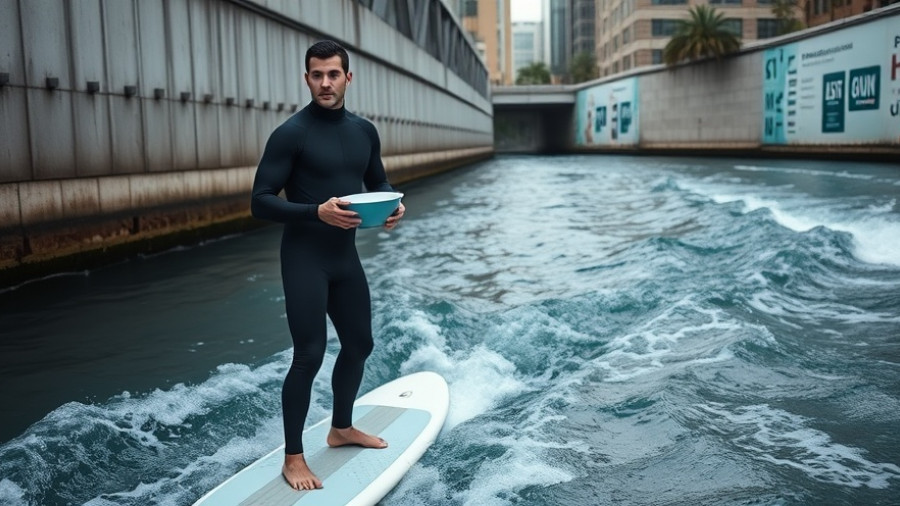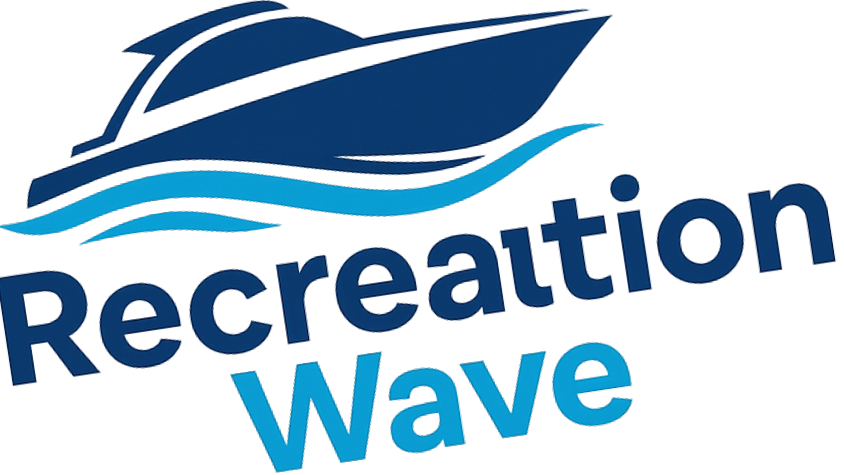
Max Neuböck: Riding the Endless Wave
Austrian surfer Max Neuböck has made waves—not just literally, but also in the record books—by surfing for an astounding 8 hours, 5 minutes, and 44 seconds on September 22, 2025. This remarkable achievement took place on The RiverWave, Europe's largest artificial river wave, located in Ebenesee, Austria. Not only did Neuböck shatter the previous record held by Gary Saavedra, who surfed for almost four hours in the Panama Canal, but he also did so while showcasing his ability to multitask. Yes, you read that correctly; Neuböck was even spotted eating soup and pizza while maintaining his balance on the board!
The Unique Challenge of River Surfing
Unlike traditional ocean waves, river waves are stationary and require a different skill set. While the aesthetic appeal of ocean surfing is often infectious, river surfing offers its own unique challenges. Neuböck had to stay committed to his wave, battling fatigue, muscle cramps, and the mental strain of repetition for hours. The artificial wave at The RiverWave is designed to allow surfers to ride indefinitely, making it a test of endurance rather than technique alone.
A New Perspective on Surfing
Neuböck's achievement can inspire adventurers everywhere, showing that limits can be pushed further than we might imagine. He showed that surfing isn’t just about conquering waves in the ocean; there's a whole world of adventure that can happen on a stationary river wave. Neuböck's record-breaking stunt has the potential to launch more interest in river surfing, perhaps paving the way for other surfers to attempt similar feats.
Behind the Scenes: The Support System
This incredible adventure wouldn’t have been possible without supporters like Red Bull Austria, who provided not just energy drinks but also moral support. Neuböck's story also mirrors the camaraderie often found in the surfing community. Spectators contributed to his journey by handing him warm drinks and snacks while he surfed, emphasizing the importance of community in sports. Isn’t it amazing that the surfing culture fosters not just competition but also support?
What Makes a Record Unforgettable
Records like Neuböck's often spark interest in fun and quirky surfing statistics. For instance, did you know that the longest duration someone has spent surfing a wave (female) is held by Lori Keeton? She surfed for over eight hours as a part of a charity event to give back to veterans—a remarkable achievement that combines sports with a sense of purpose.
What’s Next for Surfing?
Neuböck has set a challenging standard, and it will be exciting to see who will take up the mantle next. With advances in technology and more artificial waves popping up across the globe, the future of surfing might just be limitless. Competitive spirits will be ignited, and we might see more records broken in the coming years. The sport of surfing, both in oceans and rivers, is set to bask in newfound attention.
Whether you are an avid surfer or simply someone who admires the sport, Neuböck's triumph offers valuable lessons: perseverance, community, and pushing the boundaries of your limits. Surfing isn’t merely a sport; it embodies a lifestyle of adventure and unrelenting determination.
 Add Row
Add Row  Add
Add 




Write A Comment